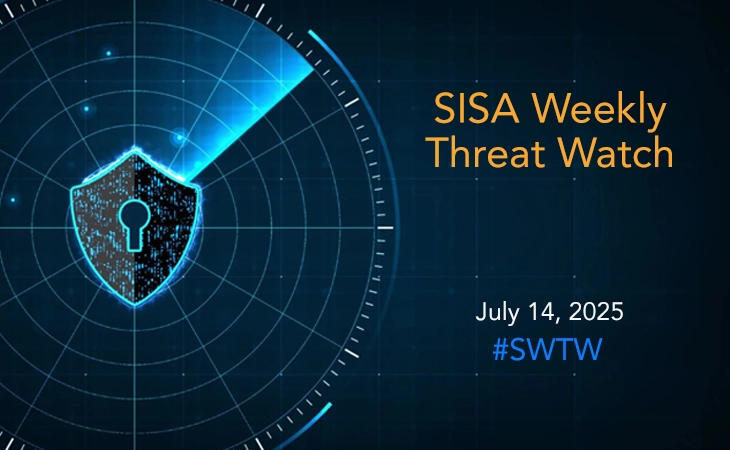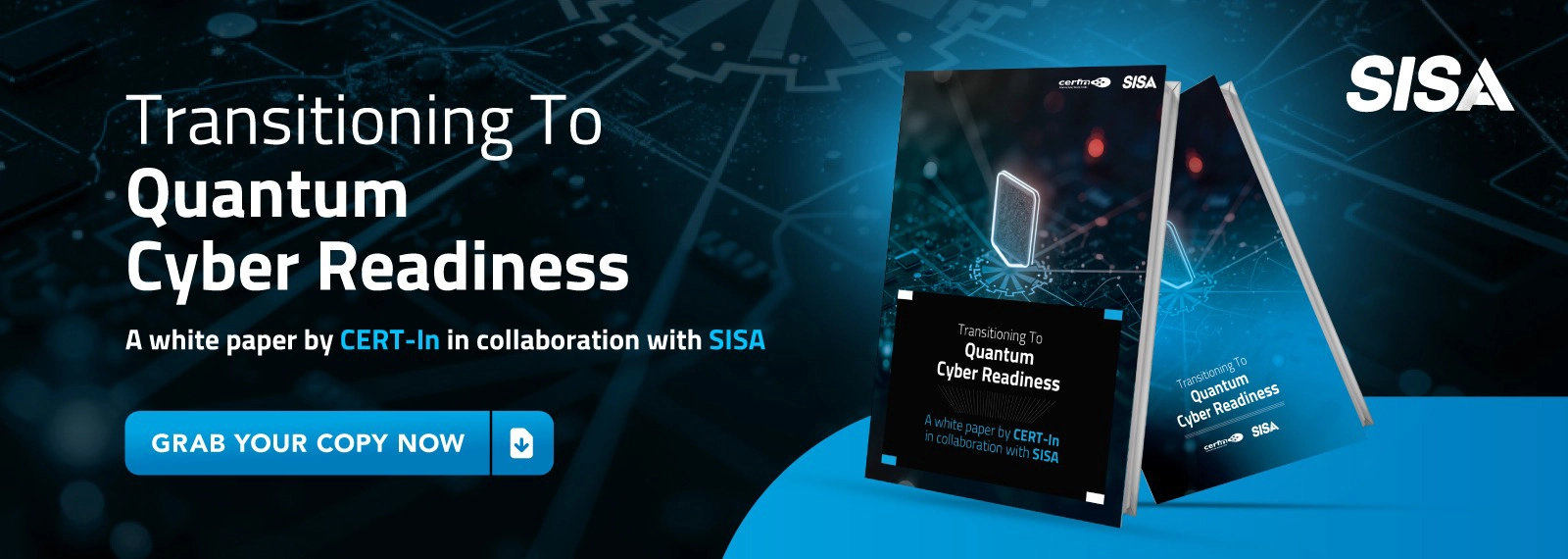Home » In the Crosshairs of Ransomware and How You Can Prepare
In the Crosshairs of Ransomware and How You Can Prepare
Share on

Ransomware attacks, once a shadowy threat in the digital world, have rapidly evolved into a global menace, targeting businesses, governments, and individuals alike. The attackers are no longer just lone wolves; they’re organized, tech-savvy syndicates using advanced tactics to exploit vulnerabilities.
The recent spurt in ransomware attacks isn’t random; it’s a calculated strategy aimed at entities to yield maximum impact. High-profile targets like MGM Resorts, Moneris, Dragos, ICBC, and more have been hit hard, revealing a new level of sophistication in cybercrime. The speed, scale and tactics used are those that have never been seen before. These attacks are not just about financial gain; but reveal a broader objective of causing substantial disruption with far-reaching consequences that extend beyond the initial target.
Infiltration techniques have evolved, with attackers employing a diverse array of methods such as phishing, exploiting security vulnerabilities, and leveraging previously pilfered credentials. These multifaceted approaches enable assailants to navigate past existing security measures with alarming ease, emphasizing the pressing need for heightened cybersecurity measures.
One of the techniques we observe in recent attacks is the shift from mere data encryption to double extortion in which the ransomware encrypts victims’ data and further exfiltrates it from the network. Attackers now create a two-front war for organizations by threatening to release or sell sensitive data. This dual threat poses a heightened level of risk and complexity for affected entities, as attackers not only hold data hostage through encryption but also possess the leverage of potentially exposing sensitive information. This dual extortion approach adds a layer of urgency and complexity to the response efforts, as victims are not only faced with the immediate need to recover encrypted data but also the potential fallout from data exposure. Extortion tactics also include direct threats to executives and their families. The Dragos incident, where attackers threatened the families of company executives, reflects this escalation, and demonstrates the lengths to which attackers will go to exert pressure.
Further with traditional ransomware methods going out of style, attackers are increasingly turning to advanced tactics to propagate sophisticated attack techniques for enhanced execution. The rise of the Ransomware-as-a-Service (RaaS) model is a significant contributor to this shift, providing a platform for a broader spectrum of criminals, including those with limited technical expertise, to launch ransomware attacks. This expansion in the pool of potential attackers significantly widens the threat landscape. The BlackCat group, involved in the MGM Resorts attack, is known for offering ransomware tools and services on a subscription basis, exemplifying this business model.
So, amidst the rising threat of ransomware let’s talk about what we’ve figured out so far. The big lesson: nail those fundamentals. It’s not just about fancy tech defenses; we’re talking strategic planning, regular check-ins on our security game, the whole deal. These basics are our first line of defense, our shield against cyber chaos.
Whether it be investing in state-of-the-art threat detection systems and conducting regular security audits, it is imperative for organizations to adopt an adaptive security architecture that can respond to evolving threats dynamically. To do this ensuring alignment across all levels of the organization, from senior executives in the boardroom to operational personnel is key. It is critical to recognize that security is not a one-off endeavor; rather, it is an ongoing commitment that requires collective engagement. The challenge lies in establishing a harmonious equilibrium that seamlessly integrates technology with people and processes thus embedding security as an intrinsic element of an organization’s corporate DNA.
Here are a few critical takeaways of companies finding success in doing the above.
The Imperative of Resilient Backup and Recovery Plans
The MGM Resorts case, where a 10-day outage disrupted operations, is a critical lesson in the importance of having resilient data backup and recovery strategies. It extends beyond simply creating data backups; it involves guaranteeing their security, consistent updates, and effortless recovery during challenging situations. Conducting regular drills and scenario planning exercises can prepare organizations for various ransomware attack scenarios, ensuring that backup systems are robust and recovery plans are foolproof.
Cultivating a Culture of Cyber Awareness
One of the most effective defenses against cyber threats is a well-informed workforce. Regular training and awareness programs are essential in equipping staff with the knowledge to identify and respond to potential cyber threats. Encouraging a culture where every employee feels responsible for cybersecurity and is quick to report suspicious activities can dramatically improve an organization’s ability to prevent or mitigate attacks.
Collaboration and Information Sharing
In the face of sophisticated and evolving threats, collaboration and information sharing within industry networks can be invaluable. Collective wisdom and shared experiences can lead to more effective strategies against common threats. Partnering with external cybersecurity experts for audits, threat assessments, and training sessions can provide fresh perspectives and specialized expertise, further strengthening an organization’s cyber defenses.
Conclusion
In closing, the recent wave of ransomware attacks is a stark reminder of the ever evolving and increasingly sophisticated nature of cyber threats. These incidents serve as a clarion call for organizations to reassess and bolster their cybersecurity strategies. Embracing a multi-faceted approach that combines technological solutions, employee training, and robust organizational policies is imperative in this ongoing battle against cyber threats. The learnings from these incidents are blueprints for building a more resilient and secure digital future.
 USA
USA India
India APAC
APAC Middle East
Middle East Global
Global

 Facebook
Facebook Linkedin
Linkedin  X
X Youtube
Youtube






